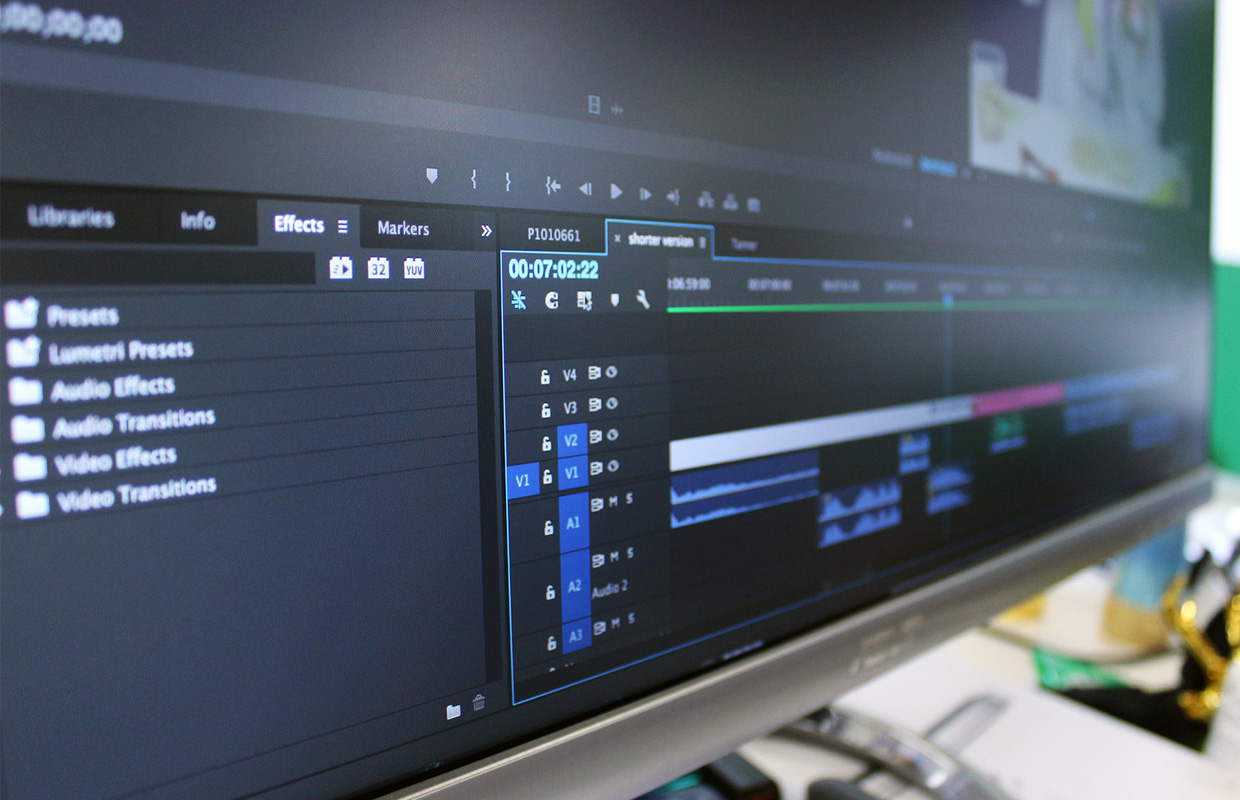
:max_bytes(150000):strip_icc()/clipchamp-youtube-editor-9b75e64bda0d425f8105251e27124876.png)
Let’s say you want to remove the beginning section of your footage. There are a few different ways you can do this. Now it’s time to go through and remove any bad takes or mistakes from the primary footage. After importing all your footage, drag the primary footage onto the editing timeline Step 3: Edit Footage PRO TIP: You can zoom in and out on the timeline using a slider bar or by pressing Command/Control + or Command/Control. Once all the footage is imported, drag your primary footage down onto the timeline. This includes your primary footage, b-roll or overlay footage, audio files and anything else you want to include in your video. The next step is to import your video files. The first step in this beginner video editing guide is to create a new project Step 2: Import Footage Make sure you check this and save regularly if your program doesn’t support autosaving. PRO TIP: Some video editing programs will autosave your project but others will not. Create a new project and give the project a name. Go ahead and open your video editing software. Not sure which video editor is right for you? Check out our guide on the Best Video Editing Software for Mac or Best Video Editing Software for PC. If you’re on PC and you’re looking for something similar, we’d recommend ShotCut or OpenShot. We’ll be running through this process using iMovie because it’s free (and awesome!).

You can follow along no matter what video editor software you’re using and on Mac, Windows PC or mobile! Even if you’re a seasoned video editor, you’ll pick up some handy video editing tips to help you level up your video creation.

In this complete guide to video editing for beginners, you’ll learn the exact editing steps that will help you edit faster and more efficiently. Important: When available, we use affiliate links and may earn a commission!


 0 kommentar(er)
0 kommentar(er)
